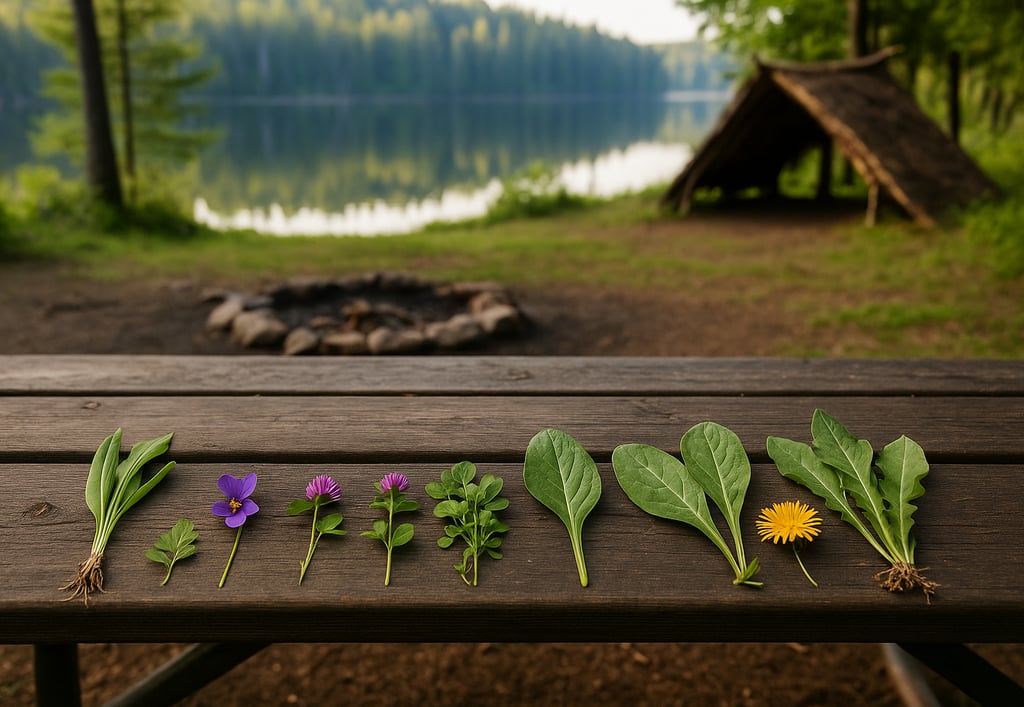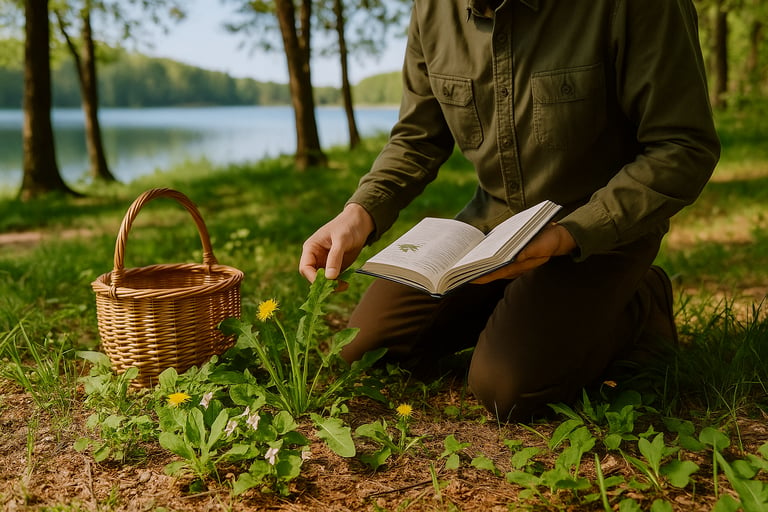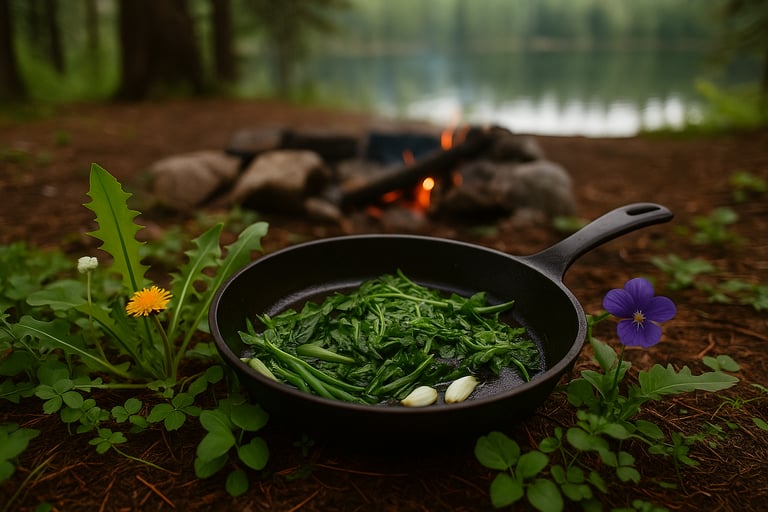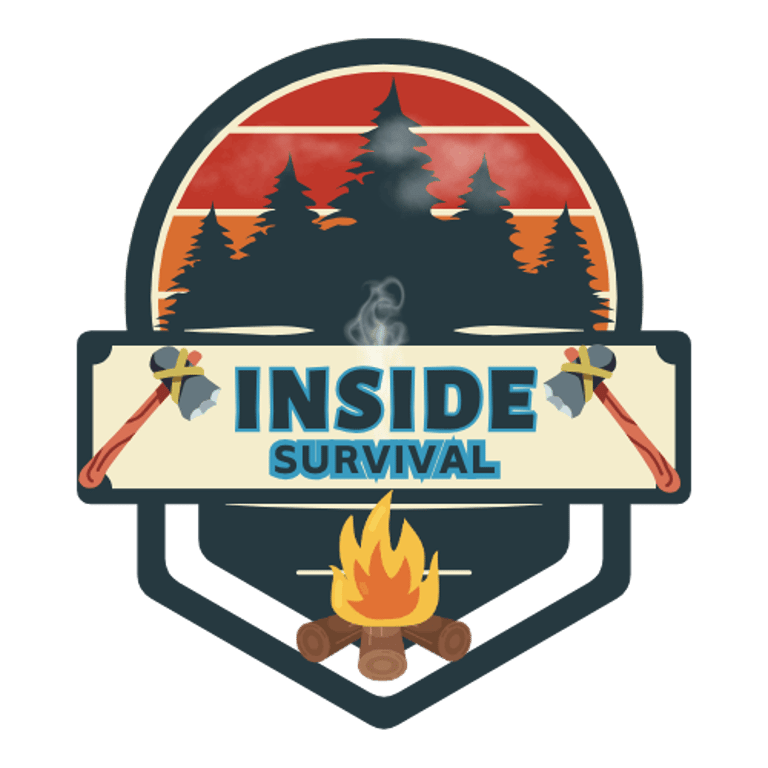Edible Plants in the Wild: A Beginner’s Guide to Foraging for Food
Learn how to identify, harvest, and prepare edible wild plants with this beginner’s guide to foraging for food in the wilderness. Start safely and eat from nature.


Edible Plants in the Wild: A Beginner’s Guide to Foraging for Food
Foraging for wild edible plants is one of the oldest and most rewarding survival skills you can learn. Whether you're deep in the backcountry or simply exploring a nearby woodland trail, nature provides a surprising abundance of wild foods — if you know what to look for. This guide will help you get started with identifying, collecting, and using edible plants in a safe and sustainable way.
Why Learn to Forage for Wild Food?
In a survival situation, the ability to recognize and gather edible plants can mean the difference between comfort and hardship. But even outside of emergencies, foraging connects you to the land, adds variety to your diet, and deepens your outdoor experience. Many edible wild plants are rich in nutrients and grow right beneath your feet, no store required.
How to Identify Edible Plants in the Wild
Identification is the single most important part of foraging. While there are hundreds of safe and nutritious wild edibles, there are also plants that can cause serious harm if misidentified. Beginners should start with a few common species that are easy to recognize, like dandelion, plantain, or wild violets. Use a trusted plant identification app or regional field guide, and never eat anything unless you are 100% sure of its identity. For tips on how to confirm plant identity using multiple tools, check out this guide on using foraging maps and plant ID apps.
The Best Edible Plants to Start With
Some wild plants are much easier to learn than others. Beginners often start with broadleaf plantain, which grows in disturbed soil and is used both as food and first aid. Dandelions are also widespread, and their entire plant — leaves, roots, and flowers — is edible. Wood sorrel, wild garlic, lamb’s quarters, and chickweed are also good beginner options.
Each of these plants has distinct features that make identification easier and safer. To dive deeper into specific species, here’s a list of the top 10 edible wild plants that are safe and easy to recognize across North America.
Harvesting Edible Plants Responsibly
Responsible foraging means respecting the land and not overharvesting. Always take only what you need, leave enough for wildlife, and avoid pulling plants out by the root unless they’re invasive or you have a specific need. Try to forage in clean, unpolluted areas away from roadsides, sprayed fields, or industrial sites. If in doubt, skip it.
If you're just getting started, this beginner’s guide to safe and responsible foraging is a must-read before heading out.
How to Prepare and Eat Wild Edible Plants
Many wild plants are best eaten fresh, but some benefit from light cooking or soaking. For example, dandelion greens can be bitter raw but mellow when sautéed. Wild garlic makes a flavorful seasoning, and lamb’s quarters cook down like spinach.
Learning how to prepare each plant is part of the fun and increases your confidence and safety. Some wild plants are also highly nutritious when cooked properly, you can learn more about those in this article on how to prepare and cook edible wild plants.
A Final Word of Caution and Encouragement
Start small. Learn one or two new plants at a time and get to know them well before expanding. Foraging is incredibly rewarding when approached with care and curiosity. It’s not just about survival, it’s about learning to see the land as a source of nourishment, wisdom, and resilience.




© 2025. All rights reserved About | Privacy Policy | Terms and Conditions | Affiliate Disclosure | Disclaimer


